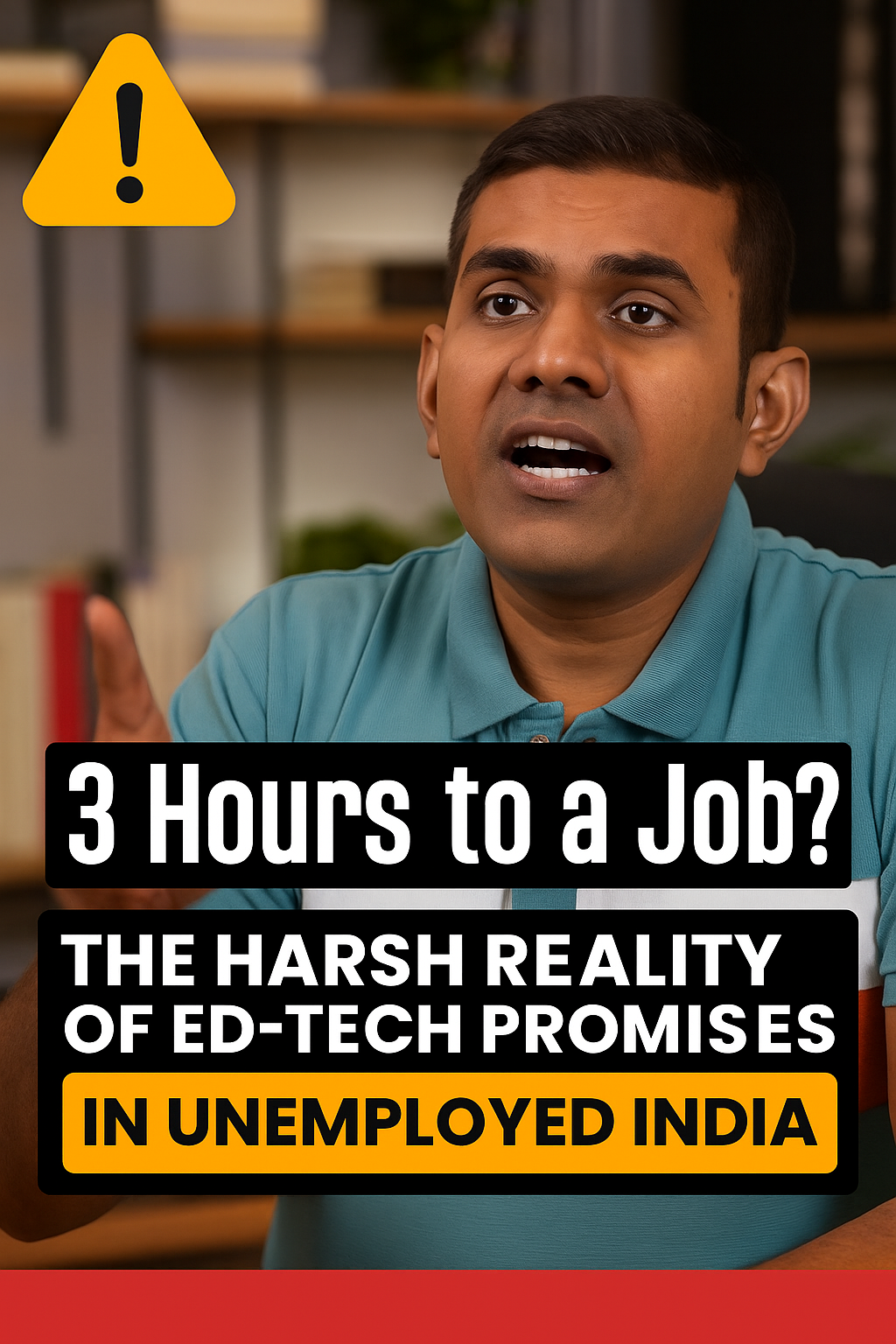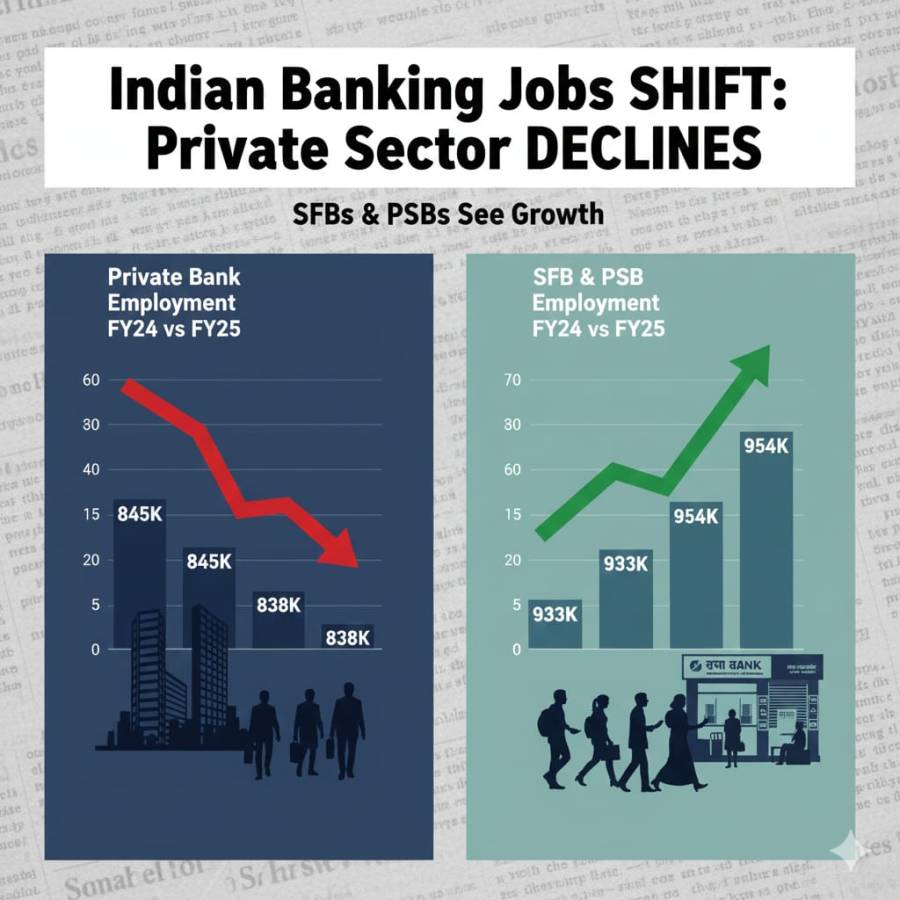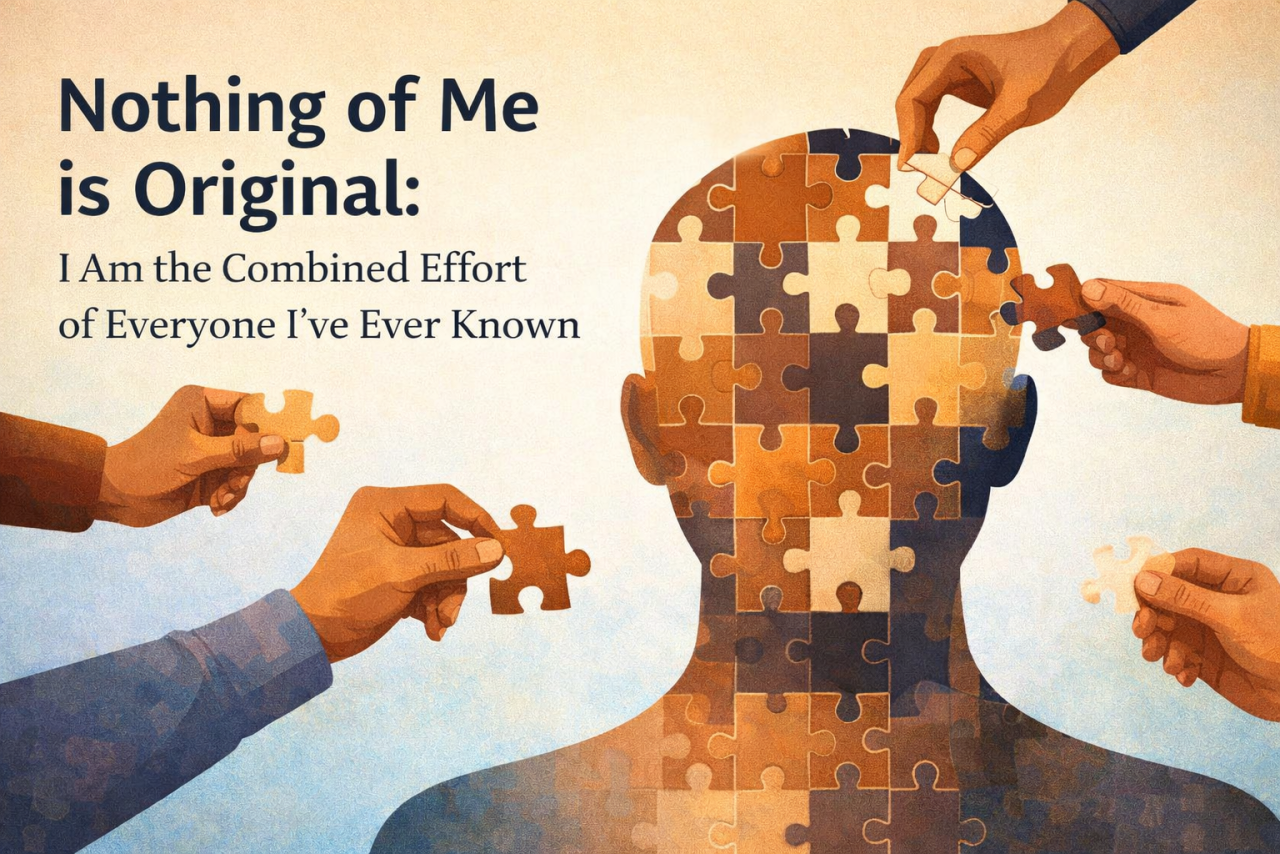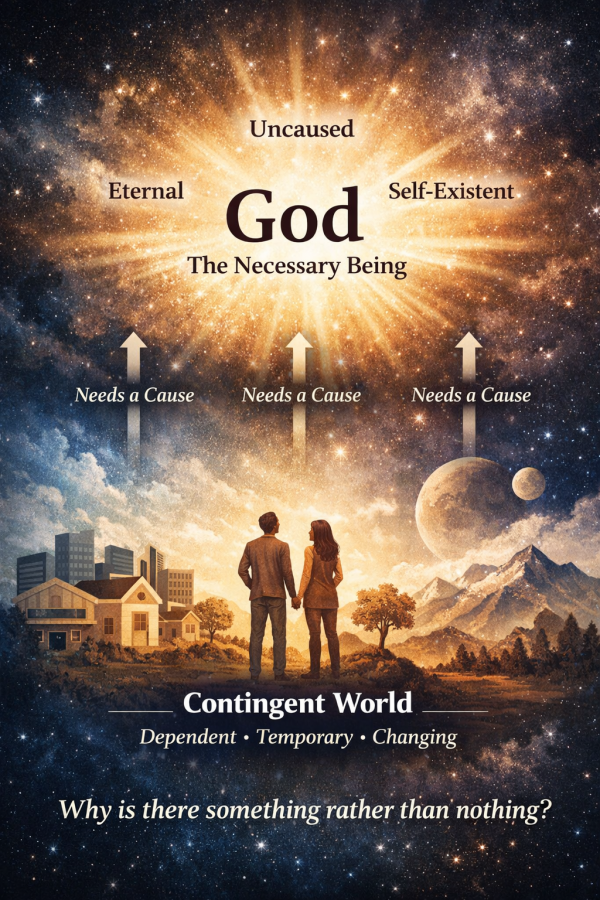
In an era of viral reels and bite-sized promises, one advertisement boldly claims: “Ghanton ka kaam, minto mein kar rahe hain.” A man, in a crisp polo shirt, insists that if you give him just three hours, he can train you well enough to land a job paying in lakhs per month. The skill? MS Office.
This is not just another sponsored ad. It’s a symptom of a deeper illness, a dangerously oversimplified promise being fed to millions of desperate, unemployed youths. And what makes it even more disturbing is the fact that such promises fly in the face of India’s failing education system, where 18 years of formal education, from kindergarten to a college degree, often ends in joblessness.
Let’s get the facts straight. According to the Periodic Labour Force Survey (PLFS) 2022-23, India’s overall unemployment rate stood at 6.6%, but this number hides the real crisis:
- Youth unemployment (ages 15–29): 17.5%
- Graduate unemployment rate: 28.2%
- For women graduates, it is even worse: over 35%
These numbers scream of a system that’s broken. Students slog through years of rote learning, inadequate infrastructure, and unemployable degrees — only to be told that a 3-hour online course on MS Office can fix what the Indian education system couldn’t in two decades?
This is more than wishful thinking. It’s false advertising, built on the vulnerabilities of jobless youth who are willing to try anything. And it's happening in a country where more than 66% of the population is under 35, and nearly one-third of the youth is neither in employment, education, nor training (NEET), according to ILO estimates.
The irony doesn’t end there. India spends billions annually on school and higher education, yet produces graduates with little industry-relevant skills. The ASER report 2023 showed that even among college students, many struggle with basic English, arithmetic, and computer literacy — the very foundation required before someone can even begin to use tools like MS Office effectively.
Let’s not forget literacy. While India claims a literacy rate of 77.7%, this number is deceptive. Functional literacy — the ability to read, understand, and apply knowledge in real-life situations, remains alarmingly low. In many rural areas, digital illiteracy is rampant. And yet, an ed-tech ad tells you: click, pay, learn Excel, and your dream job is waiting.
But jobs aren't hiding behind Excel sheets. The Indian economy has failed to generate adequate formal employment. According to CMIE data, the number of unemployed graduates in India crossed 35 million in 2023. Underemployment is another silent killer; lakhs are stuck in jobs paying well below their qualifications.
Why aren't governments questioning these ads? Why aren't regulatory bodies acting against such misleading career claims? When a country is grappling with both job scarcity and skill mismatches, offering a quick-fix solution is not just unethical but exploitative.
No one denies the value of digital skills. Learning MS Office, Excel automation, or data entry tools can be useful. But to say it guarantees a job in "lakhs" — especially when the median salary for most graduates in India is below ₹20,000 per month is grossly misleading.
India doesn’t need shortcut sellers. It needs an overhaul of its skill development ecosystem, greater industry-academia alignment, and public investment in real job creation. What we need is a bridge — not a 3-hour ladder made of buzzwords and broken promises.
Until then, every such ad should come with a warning:
"Unemployment is real. So are your hopes. Don’t trade them for three hours of fantasy."





















